
RV (Rotary Vector) reducers and Harmonic Drive reducers are two types of precision reducers widely used in industrial robotics. Both play crucial roles in the joints of robots, enabling smooth and precise movements. However, they differ in their design, functionality, and application scenarios.
Design and Functionality
RV reducers, developed from traditional cycloidal and planetary gear transmissions, are known for their high torque and reliability. They consist of a complex structure that includes a combination of spur gears and cycloidal gears. The design allows for high transmission ratios, typically ranging from 30 to 260, and offers high rigidity, low inertia, and strong impact resistance. RV reducers are often used in high-load-bearing positions such as the base, arm, and shoulder of robots, where high torque and rigidity are required. Their manufacturing complexity contributes to their high precision and durability, but it also results in larger size and weight compared to Harmonic Drive reducers. RV reducers are noted for their high efficiency, with transmission efficiencies that can reach up to 96%, and their ability to maintain precision over long periods of operation without significant backlash or play, as indicated by their minimal backlash and repeatability within one arc minute or less 5.
Harmonic Drive reducers, on the other hand, utilize a unique elastic deformation principle. They are composed of three main components: the wave generator, the flexspline (a flexible external gear), and the circular spline (a rigid internal gear). The wave generator applies pressure to the flexspline, causing it to deform and mesh with the circular spline, thus transmitting motion and reducing speed. This design allows for high precision, zero backlash, and a compact size. Harmonic Drive reducers are often used in lighter load applications such as the wrist or end-effector of robots, where precision and a small form factor are more critical than the high torque capacity. They offer high transmission ratios, typically up to 1000 for single-stage units, and can achieve high efficiency, although it is generally lower than that of RV reducers, with efficiencies ranging from 69% to 96% .
Advantages and Limitations
RV reducers are praised for their high torque transmission capabilities and robust construction, making them suitable for heavy-duty applications. They are also known for their long service life and high reliability, which is a result of their complex design and manufacturing processes. However, these same attributes contribute to their larger size and weight, which can be a disadvantage in applications where space is limited or weight is a concern. Additionally, the manufacturing complexity of RV reducers leads to higher costs compared to Harmonic Drive reducers .
Harmonic Drive reducers excel in providing high precision and a compact design, which makes them ideal for applications requiring tight tolerances and minimal space. They are also lighter and smaller than RV reducers, which is advantageous in applications where size and weight are critical factors. However, they are subject to fatigue failure due to the cyclical deformation of the flexspline, and their efficiency can vary depending on the type of wave generator used. They are also not suitable for applications requiring high torque transmission due to their lower torque capacity compared to RV reducers .
Conclusion
In conclusion, the choice between RV and Harmonic Drive reducers depends on the specific requirements of the application. RV reducers offer high torque, rigidity, and durability, making them suitable for heavy-duty applications where precision and reliability are paramount. In contrast, Harmonic Drive reducers provide high precision and a compact design, making them ideal for lighter load applications where space is at a premium. Both types of reducers have their unique advantages and limitations, and the selection should be based on a careful consideration of the robot's operational requirements, load capacity, precision needs, and cost constraints.
 English
English Deutsch
Deutsch Русский
Русский Español
Español
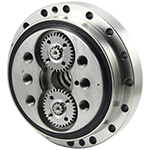
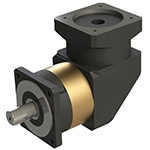
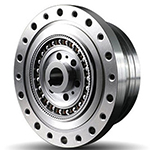
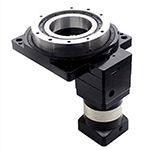
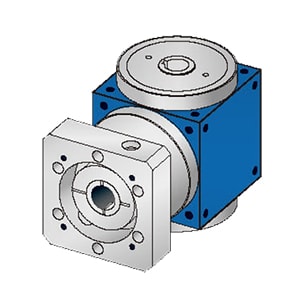
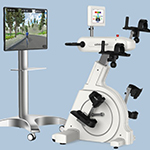

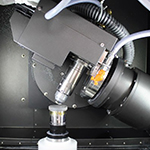
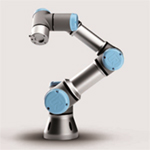
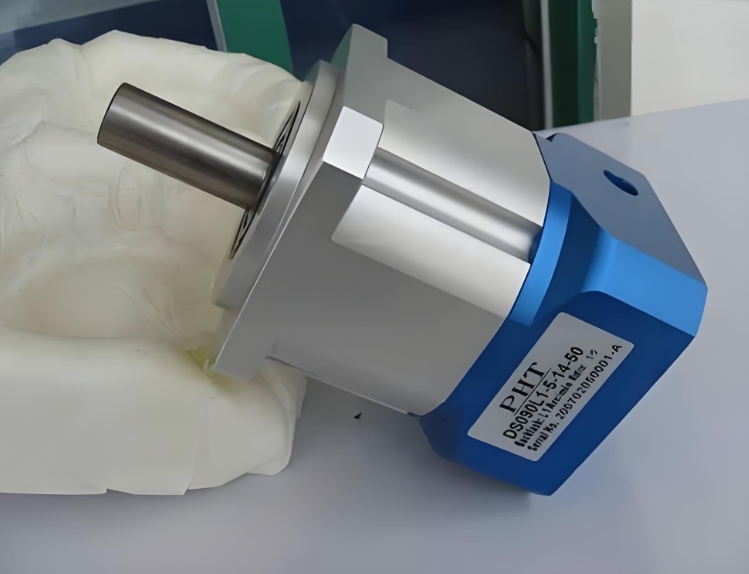
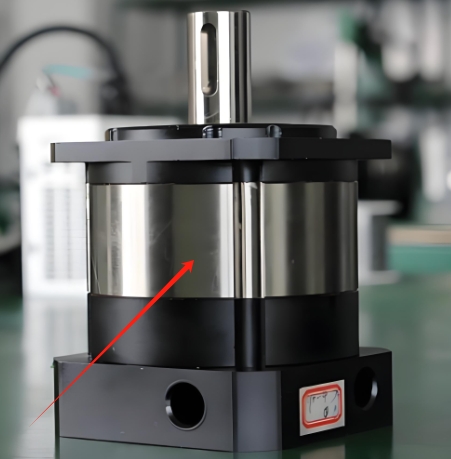
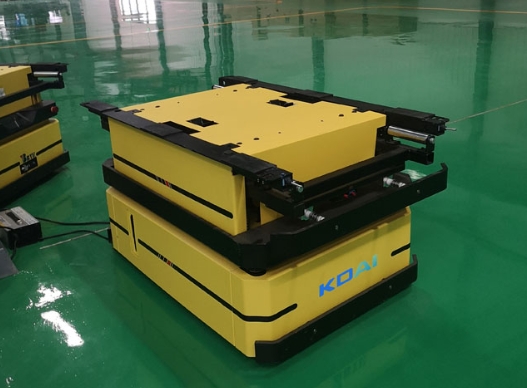
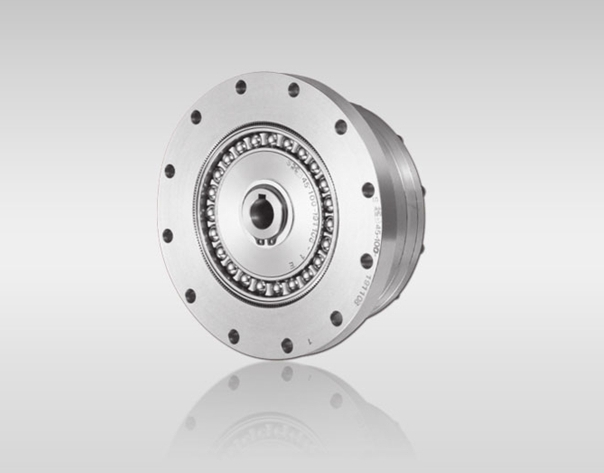
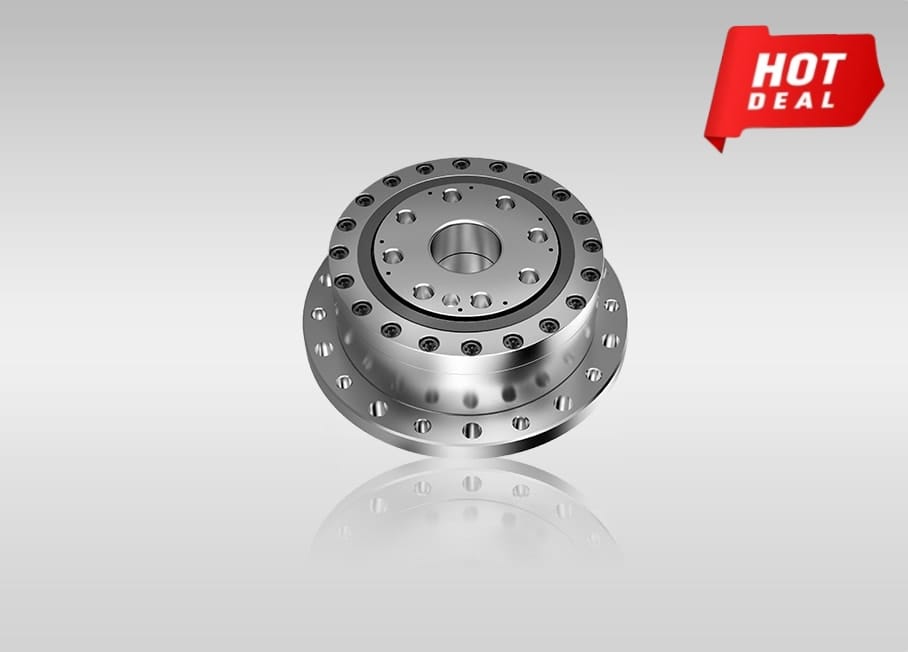
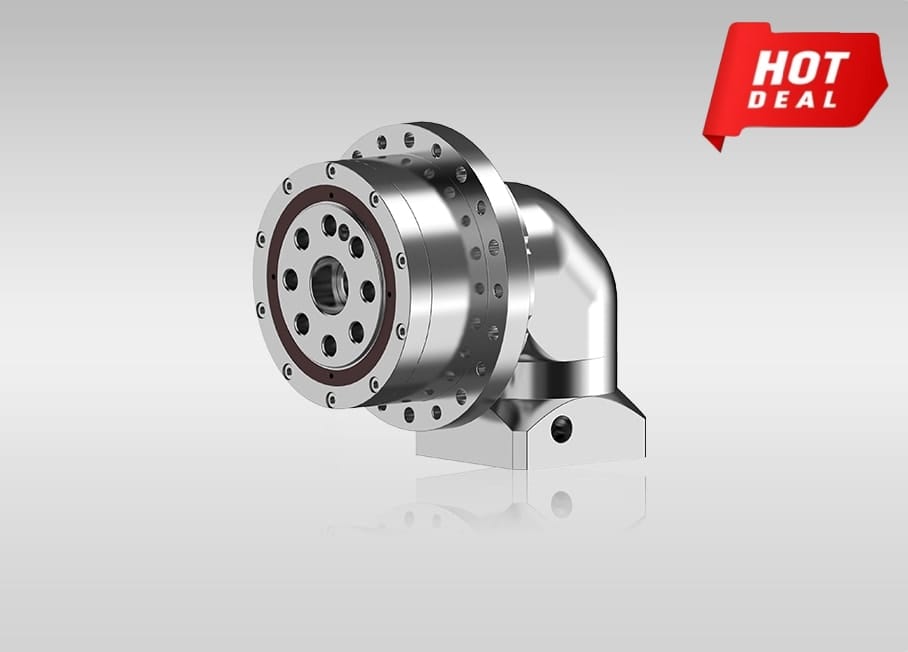
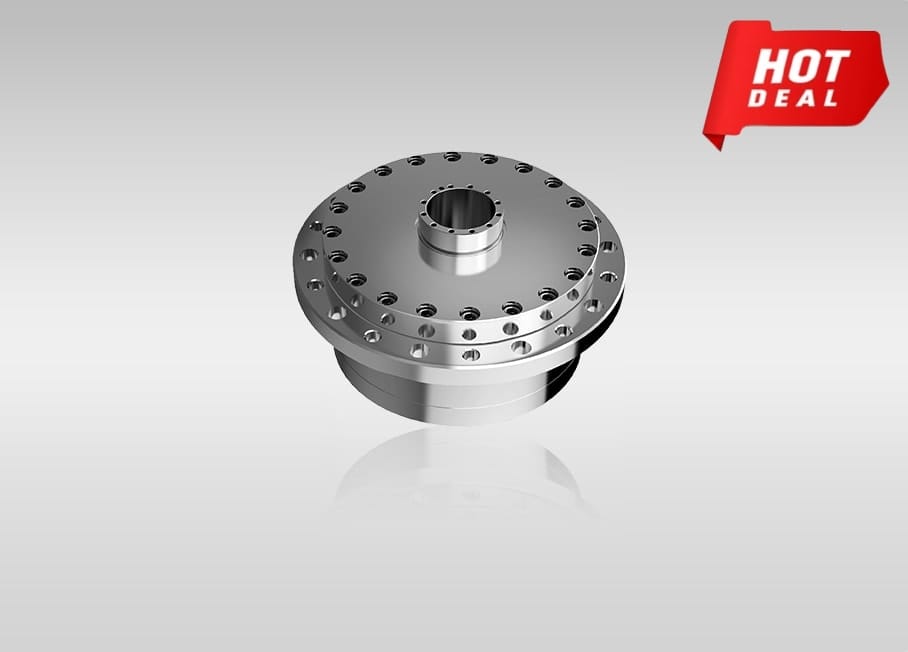
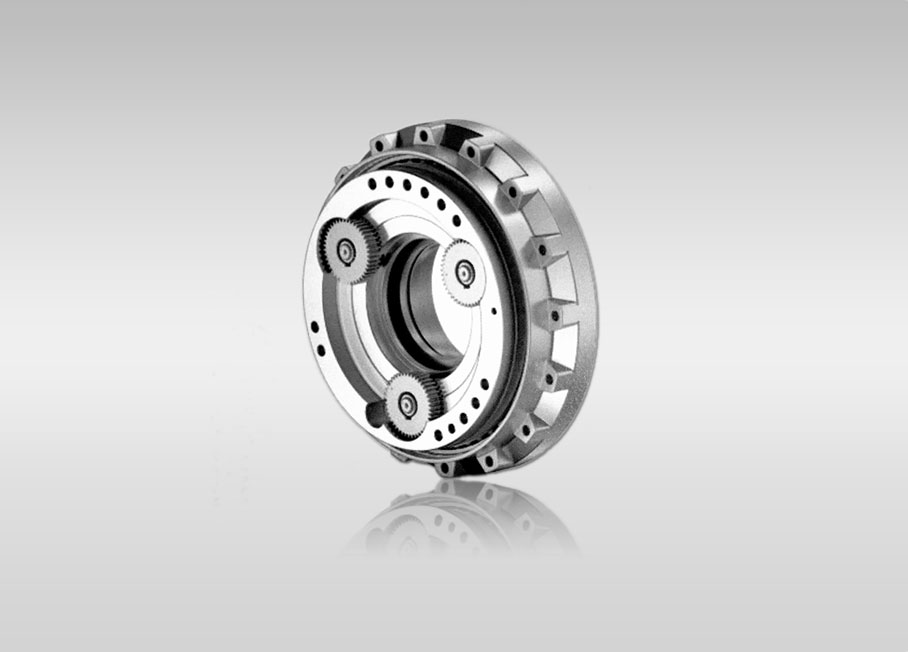
Quote Now